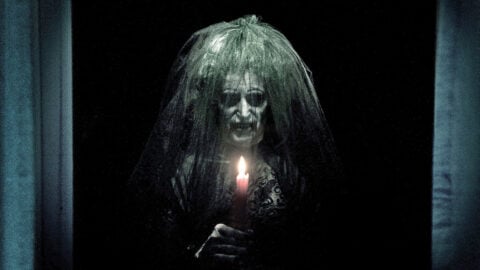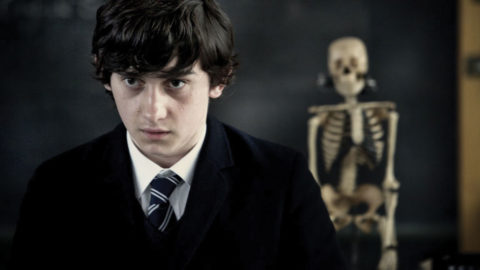By Mark Olsen in the November-December 2002 Issue
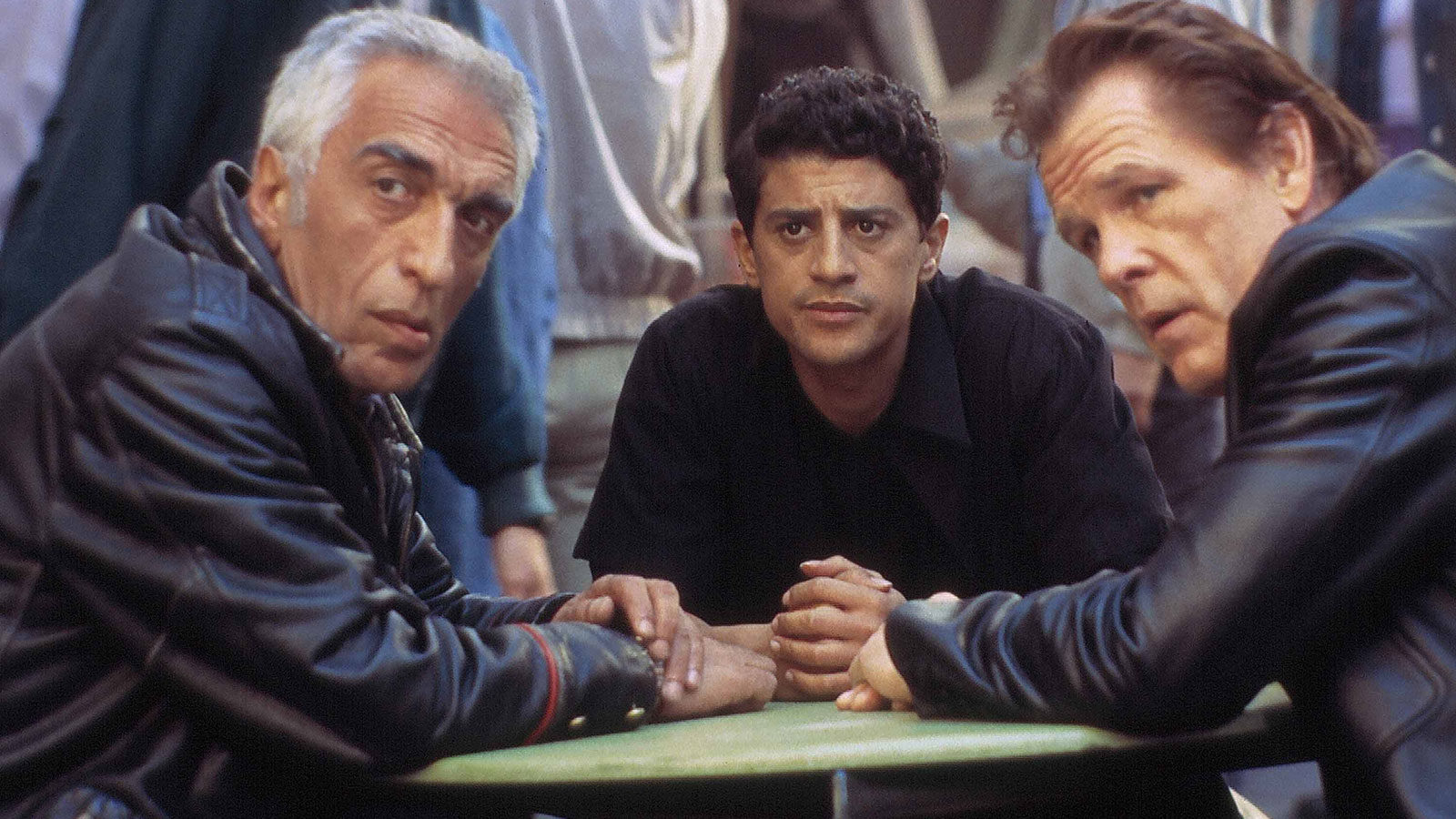
Festivals: Toronto
Right Place, Right Time
Taking place mostly in a five-square-block jumble of multiplexes and hotels, the Toronto Film Festival is physically quite compact. But with so much to see, you always get the creeping feeling that you’re in the wrong place, that there’s something better, hotter, stronger playing just across the hall. By the time it’s over, and you’ve seen 30-odd films in ten days, it’s all a blur. What exactly was that 11:30 a.m. movie from Tuesday? Searching for themes and overarching ideas in the festival seems futile, since there could be whole subsets that you simply didn’t see. I, for example, steered clear of the obviously editor-ready 9/11 films. If you were looking, there was a solid handful of selections about violence against women, or the origins of evil (subset: Hitler). I even saw three (or was it four?) films that involved a misplaced passport, but nobody’s declaring this the year of the travel dilemma picture.
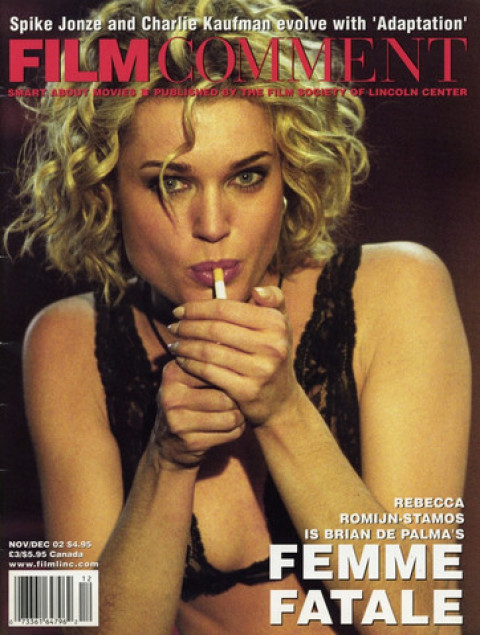
From the November-December 2002 Issue
Also in this issue
Genre films that played it straight, specifically crime films, were largely a bust. Neil Jordan’s The Good Thief, a remake of Jean-Pierre Melville’s masterful Bob le flambeur, has top-notch actors and beautiful locations but never quite rises above the level of an exercise. Starring Nick Nolte as the down-on-his-luck gambler (with the addition here of a longtime heroin habit), the film presents a roguish and charming underworld of expatriate bohemia in Monte Carlo. The funky music and jazzy cutting seem drawn from Soderbergh’s Out of Sight/Ocean’s Eleven playbook, to which Jordan adds strange momentary freeze-frames, sometimes between scenes, sometimes slap in the middle of them. At first you think they’re projection glitches; eventually they become just annoying. If the desired effect is to keep the viewers jostled and off-balance, it doesn’t work. There’s a nice late-breaking plot twist (at least somebody gets away with something), but by then the film has run out of gas.
More successful were films that tried to mobilize the tropes and iconography of their respective genres to some other end. Michael Almereyda’s Happy Here and Now comes off as a narcoleptic whodunit, as the main story of a missing girl itself frequently goes AWOL while the film indulges in tangential asides. Part detective thriller, part low-tech sci-fi, the film mainly just vibes off the same thrift-store r & b version of New Orleans Jarmusch worked in Down by Law (providing opportunities for terrific bits of business with Ernie K-Doe, the eccentric singer whose Mother-in-Law Lounge has been a hipster hotspot for some time now, and who passed away after filming). Though not quite as striking as his Hamlet, and undone perhaps by Almereyda’s total disregard for narrative pacing, it’s nevertheless another strong effort from an often overlooked filmmaker.
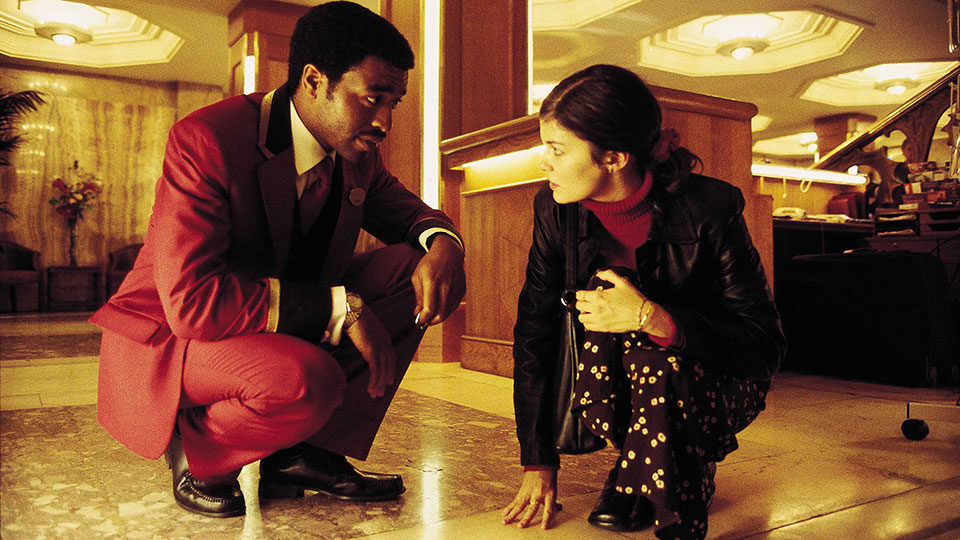
Dirty Pretty Things
Stephen Frears’s Dirty Pretty Things starts with a mystery premise-how did that human heart get into that hotel room toilet?-and uses it as an entry point into the shadow world of illegal immigrants struggling to survive in London. Working from a script by Steven Knight, the film interweaves a Turkish girl (played by Amélie‘s Audrey Tautou), a Nigerian ex-doctor, a Spaniard, a Russian, and a Jamaican as off-the-books employees at an upscale hotel. The story is firmly anchored by Chiwetel Ejiofor as the doctor staying one step ahead of immigration officials as he ekes out a living as a cab driver by day and a hotel clerk by night. Rich and unfussy, the film packs a surprising punch, and despite an unfortunate switch into message-pic mode, the tough emotional realities of the ending refreshingly sidestep the storybook clichés lying in wait.
In Gurinder Chadha’s pleasing but slight Bend It Like Beckham, a box-office smash on its release in Britain, the youngest daughter of an Indian family living in London gets the chance to play competitive soccer. The film features a healthy dose of good-natured cross-cultural comedy, plus a young-girl-empowerment angle that makes it decidedly au courant. The unsure editing and pacing and reliance on montages set to music (the girls go shopping, the team practices) could perhaps be forgiven if this were Chadha’s debut, but since it’s her third feature her hand should be steadier, or at least up to raising her material above the level of just agreeably diverting.
Keira Knightley plays the plucky, fresh-scrubbed friend in Beckham, and so it is startling to see her as a pregnant teenage junkie in the decidedly darker Pure. The latest film from Hideous Kinky director Gillies MacKinnon focuses on one young East London boy’s struggle to hold what little family he has together in the face of his mother’s crippling addiction.Though one’s instinctive emotional reaction to the film’s climactic custody battle is to root for the family unit to be restored, rational judgment dictates the opposite, and it is in the divide between the two that much of the film’s drama lies. Strong turns by Harry Eden as the too-old-too-soon son and Molly Parker as his mother, as well as Knightley, David Wenham as the seedy neighborhood dealer, and Gary Lewis as a local cop keep the film head-and-shoulders above simpleminded melodrama, though at times MacKinnon’s choices (particularly a heavy-handed score) nearly sink their efforts.
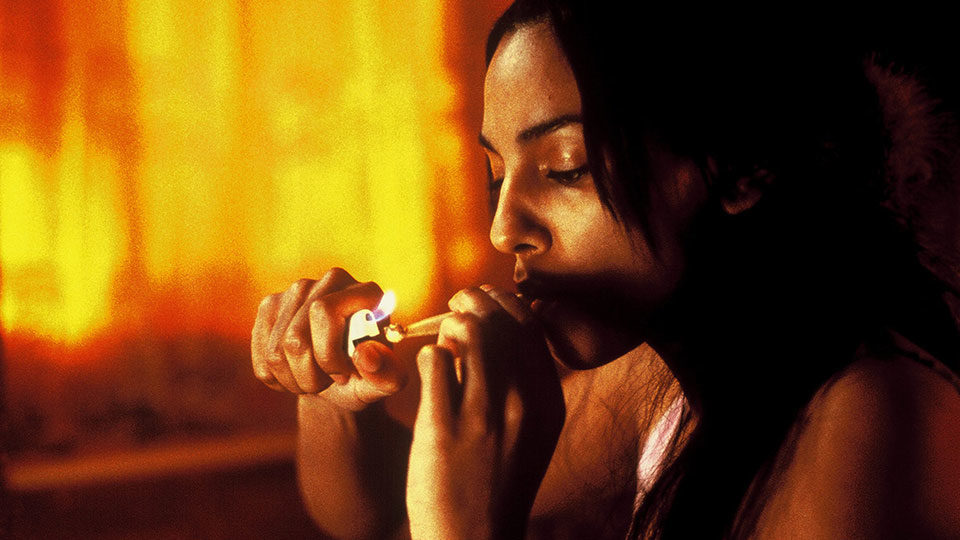
Pure
The documentary section seemed to demonstrate how an interesting subject doesn’t guarantee a fully realized film. David C. Thomas’s MC5: A True Testimonial looks at the rise and fall of the now-legendary late-Sixties/early-Seventies Detroit-based rock band but fails to scale the heights it sets its sights on. The surviving members, with their sometimes conflicting versions of the same stories, provide some lighter moments, but the chief asset here is the cornucopia of rare archival footage and photographs unearthed by the filmmakers. The band’s rhetoric of “revolution” (which is laid on a little too thick here) brought them much of their early notoriety-in fact some of the original Super 8 performance footage, in particular the legendary gig amidst the riots at the 1968 Democratic National Convention in Chicago, comes from FBI files. The film’s highlight is a complete synch-sound 1970 performance of “Looking at You.” When guitarist Wayne Kramer takes his solo, he does a James Brown good-foot shimmy across the lip of the entire stage. It’s the only moment the rhetoric slips away and the audience gets some true sense of what this band was about, and why they still matter.
Steve James, one half of the team that made Hoop Dreams, debuted his new film, Stevie. As a college student in the Seventies, James acted as a Big Brother to a troubled boy in a rural community in southern Illinois. Returning after an absence of many years, James finds the boy has grown into a difficult and unstable man who has frequent run-ins with the law. Eventually, Stevie Fielding is accused of sexually molesting his eight-year-old cousin. The film then traces not only Fielding’s tangled path through the legal system but James’s own conflict about what his role can and should be in Stevie’s life. Blaming himself for abandoning Stevie so many years before, James doesn’t want to make the same mistake twice but also realizes there is little he can actually do.
At nearly two-and-a-half hours, the film is a long, long road. It is difficult to say how much of the empathy James is eventually able to evince for Stevie’s plight isn’t just a form of Stockholm Syndrome—locked in a room with him long enough, one can’t help but eventually feel for the guy. But James’s unflinching honesty about his own internal conflicts gives this painful and moving meditation on human connection its power.
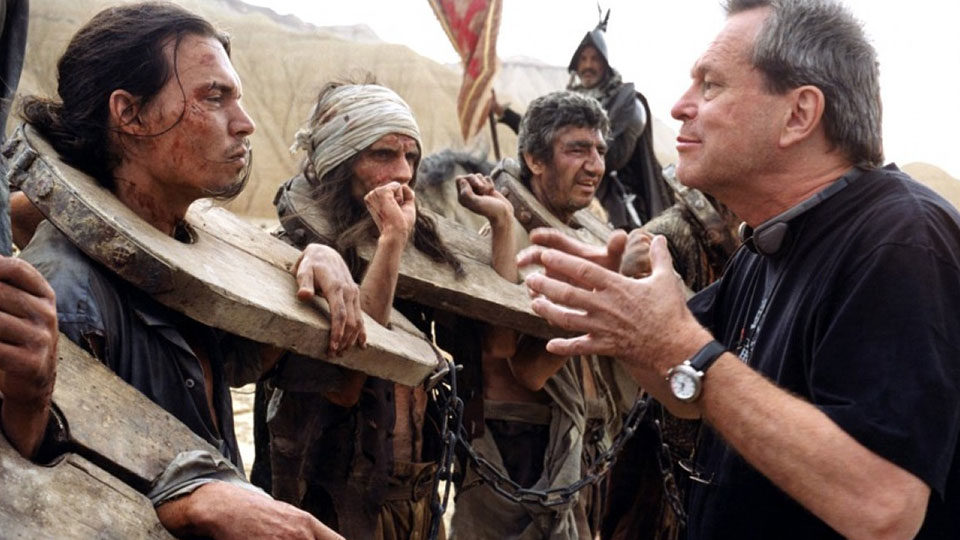
Lost in La Mancha
Keith Fulton and Louis Pepe’s Lost in La Mancha provides an eyewitness account of the chaotic disintegration of Terry Gilliam’s abandoned Don Quixote, undone by finances, weather, and a lead actor physically unable to sit on a horse. A bit of right-place/right-time luck for Fulton and Pepe, as they don’t really have to do much besides be there. Watching Gilliam unravel is great stuff, and the film is at its best as a portrait of this tortured dreamer. In one of the festival’s more memorable moments, following the film’s public premiere screening, Gilliam himself bounded down the aisle to a standing ovation—for a film he did not make about a project he failed to complete.
The other lasting image came from the packed press and industry screening for Cabin Fever, the kids-in-the-woods horror-comedy hybrid from debut writer/director Eli Roth. Coming late in the festival, the screening at times seemed like an old-fashioned lodge smoker, as the weary crowd hooted and laughed at the frequent lines capped with an aggravated “bitch” or “slut.” The film is self-conscious fun—it really plays, as they say—and by the end a bidding war had already broken out. As the credits rolled and the theater emptied, a few stragglers loitered in the aisles. One excited soul stayed glued to his seat and insisted there was a tag worth waiting for at the end. Asked how he knew, he exclaimed, “It’s my film!” An especially apt summary of the festival to me—a director, part self-shilling huckster, part dork grooving on his own film, imploring others to sit down and join the fun.



